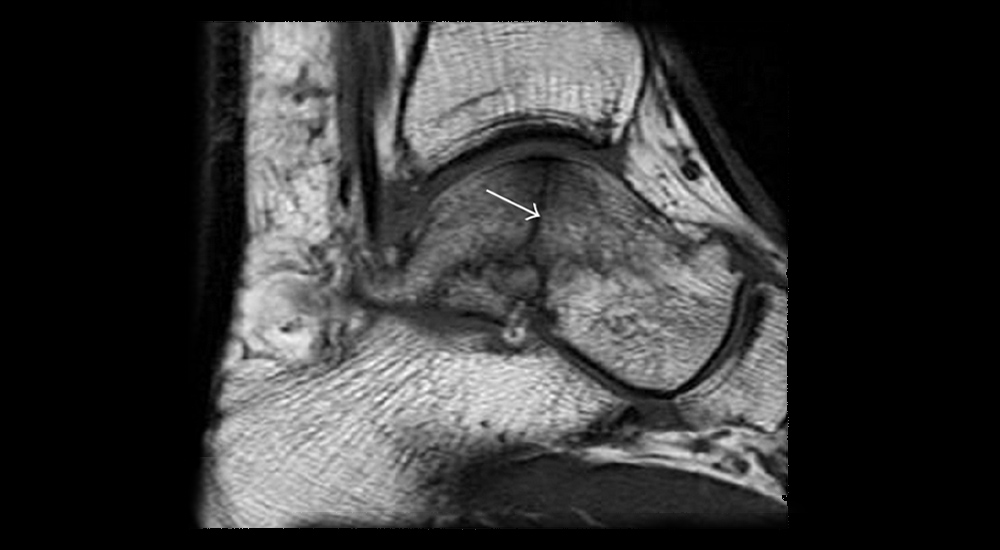Help for Stress Fractures

We at our Root Cause Medical Clinic know that stress fractures occur when continuous stress is placed on bones, fatiguing the bone structure. Unlike most fractures of bones where a large-scale impact causes a partial or complete breakage, stress fractures occur over a much longer time span. Instead of a sudden impact, continuous, less severe impacts accumulate over time. These fractures are quite small and have also been described as hairline fractures in the medical field.
While some stress fractures are considered “overuse” injuries and occur mostly in athletes, especially runners, many other health situations can cause stress fractures and occur mainly in the bones of the foot and ankle.
Normal Healing Ability of Bone is Compromised
Stress fractures occur when repeated stress is placed on bones to the point of exhaustion. Normally, bones are constantly repairing and strengthening themselves, but overuse can result in the surpassing of a bone’s ability to remodel/repair, and this is when a stress fracture is produced.
Most stress fractures occur in the second and third metatarsals of the foot (the area just above the 2nd and 3rd toes), but also are commonly seen in the calcaneus (heel bone), navicular bone (a foot bone), and the fibula (lower leg bone).
Are You at Risk for a Stress Fracture?
A sedentary lifestyle increases one’s risk for a stress fracture because when a sedentary person decides to start exercising, the structural integrity of these bones is very weak due to the prior inactivity.
High impact and high volume training in athletes such as jumping and running, can also weaken bones drastically. Muscle is needed to help absorb impacts from training, and when muscle fatigue occurs the stresses of the activities are transferred to the skeletal structures (bones) to absorb the shock. Anything that alters the mechanics of how the muscles of the foot absorb impact when the foot strikes the ground may increase the risk for a hairline fracture.
For example, a blister, bunion, or tendonitis can affect how one puts weight on the foot, resulting in a bone handling more load than usual. You’ve likely experience “walking funny” when something hurt in your foot or knee or you had a blister.
Symptoms of a Stress Fracture
The most common symptom is nagging, achy pain in a localized region such as the toes, ankle, or leg which does not go away in spite of various kinds of pain management. There may be subtle swelling around the region as well. Stress fractures can commonly be misdiagnosed as a muscle strain or joint sprain. The patient’s function can deteriorate slowly until h or she is unable to walk normally or do other activities.
Our Root Cause Medical Clinic sees stress fractures that have been diagnosed 3-4 weeks later than they should have, which of course can be detrimental in the healing of the bone.
Best Way to Diagnose a Stress Fracture
The best way to determine if you have a hairline/stress fracture is to consult with a physician who will take an x-ray of the area of discomfort. Rest is paramount for the treatment of stress fractures, but recovery time can vary greatly, depending on which bone has sustained the fracture and the severity of the fracture.
Most fractures will take between eight and sixteen weeks to heal.
The Proper Treatment is Critical
Immobilization is the first order of business and it’s usually done with a walking boot for foot and toe fractures. Weight-bearing on the affected foot must be minimized to allow for proper healing.
Physical therapy can play a big role during the immobilization phase by keeping all the allied joints moving and the muscles pliable. Too often patients don’t do anything other than immobilize the fractured area, which is a mistake. Contacting a Doctor of Physical Therapy and receiving treatment will go a long way towards optimal healing and rehabilitation.
Nutrition can play a large role in the recovery from stress fractures as well as discovering why the bone was weakened causing it to succumb to a fracture. Monitoring food intakes such as consuming plenty of mineral and vitamin-D rich foods may be part of a healthy nutritional program.
After 6-8 weeks of immobilization, repeat X-rays can determine whether the fracture is healing properly. If the bone is healing nicely, exercise and other activities can be resumed gradually as long as pain and discomfort do not occur.
After the immobilization phase is complete, an evaluation with a physical therapist is again important because they will perform clinical testing around the fracture site and determine the necessary progression of activities based on what is found.
Re-fracturing may still occur during the following weeks as the bone continues to rebuild, so it is recommended that exercise begin slowly and only increase in moderation as long as the pain does not reoccur.
During the rehabilitation phase, resistance training should be performed to help disperse the forces of impact on the foot and ankle as an aid in making the area stronger.
Preventing Stress Fractures
To help prevent stress fractures, moderate exercise should be performed on a regular basis so that bones remodel/repair themselves to prepare for higher amounts of stress during future exercise. Strengthening exercises help to build muscle that will prevent muscle fatigue from occurring too quickly, thereby sparing bones from having to absorb the majority of impact forces.
Exercise for the muscles of the lower extremities is recommended to help prevent hairline fractures. These exercises should mainly address the calves, shin muscles, quadriceps, and hamstring muscles. It may also be a good idea to replace running shoes more frequently, and inquire about orthotics/foot inserts for high-impact training.
Do you need help with your health?
We have the diagnostic and testing tools, the clinical experience, and a different medical approach to discovering the root cause of why you have the symptoms that are bothering you. As long as you are ready to make some dietary and lifestyle changes, we can help you. We will "hold your hand" through the changes, step by step, to make each step an easy one. We are located in Clearwater, FL, at 1000 S Ft Harrison, at the corner of Ft. Harrison Ave. and Magnolia St. There is plenty of parking space directly accessible from Ft Harrison. If it is not convenient for you to come to Root Cause Medical Clinic, we offer telehealth/telemedicine consultations to residents of certain states. Call us for details.
Contact us for a Consultation – Call 727-335-0400
Ask a Doctor
Have a health concern you'd like to speak with a doctor about? Or just want clarity on a subject? Ask Us!
Featured Articles
Popular Stories

Dr. Rupa Chakravarty DPT, OCS
Director of Physical Therapy at Root Cause Medical
Doctor of Physical Therapy, Orthopedic Certified Specialist
Dr. Chakravarty has numerous certifications for different techniques in Physical Therapy practice. She employs an extensive array of manual as well as exercise techniques to manage her patients’ symptoms during their course of therapy.


